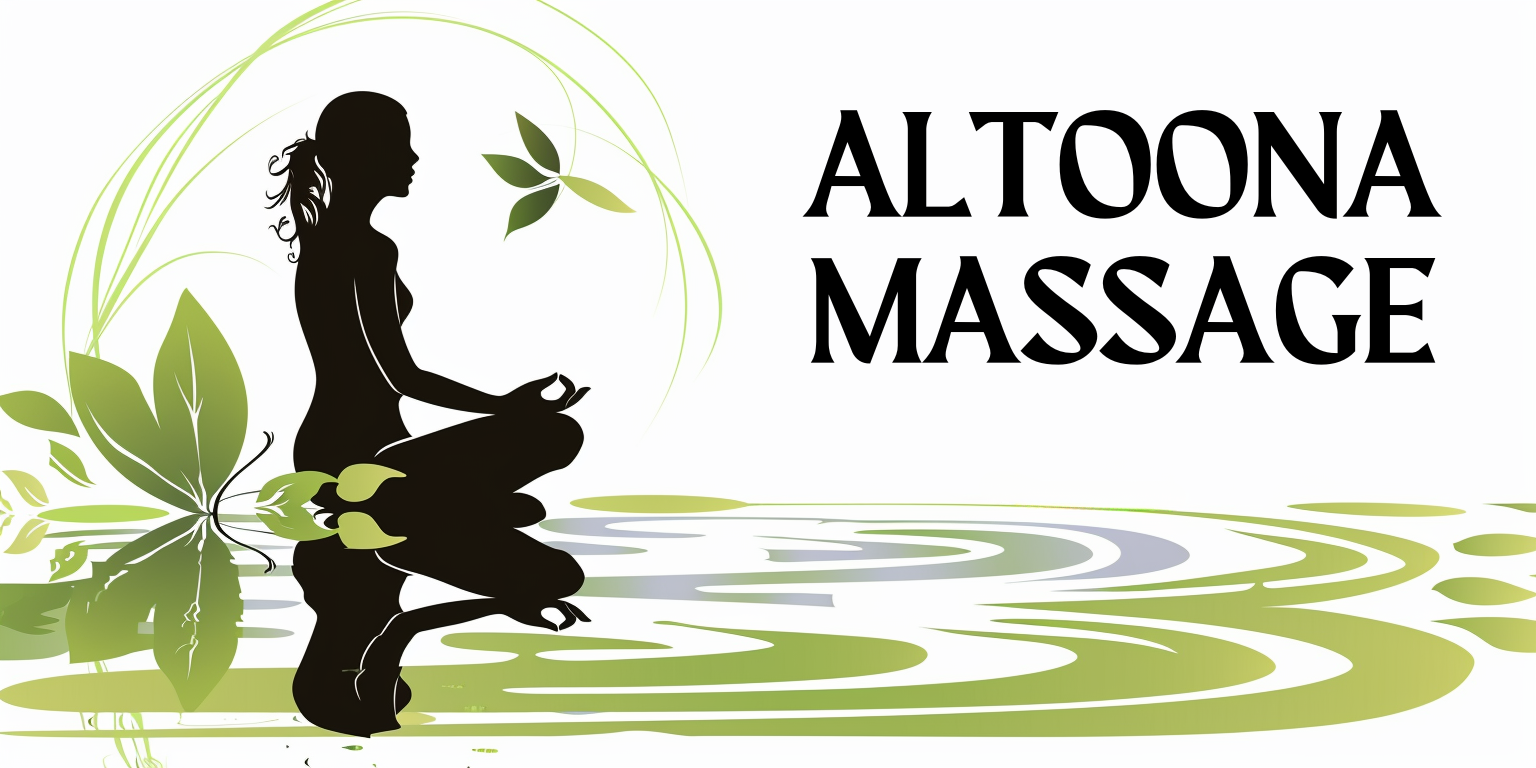Percussion therapy is a form of treatment that utilizes rapid, repetitive strokes to stimulate muscle tissue and promote recovery. This technique has gained popularity in recent years, particularly among athletes and fitness enthusiasts, as a means to alleviate muscle soreness and enhance performance. By delivering targeted pressure to specific areas of the body, percussion therapy aims to improve blood circulation, reduce tension, and facilitate the healing process.
You may have encountered this therapy through various devices, most notably massage guns, which have become a staple in many gyms and wellness centers. At its core, percussion therapy is designed to mimic the effects of manual massage but with the added benefit of mechanical precision. The rhythmic tapping action penetrates deep into the muscle fibers, providing a unique sensation that can be both invigorating and soothing.
As you engage with this therapy, you may find that it not only helps in relieving tightness but also enhances your overall sense of well-being. Whether you are recovering from an intense workout or simply looking to unwind after a long day, percussion therapy offers a versatile solution for muscle care.
Key Takeaways
- Percussion therapy is a form of massage that uses rapid, concentrated pressure to target specific areas of the body.
- Massage guns work by delivering rapid pulses of pressure into the muscle tissue, helping to reduce muscle tension and improve blood flow.
- The benefits of percussion therapy include improved muscle recovery, reduced muscle soreness, and increased range of motion.
- The science of percussion therapy involves stimulating the nervous system and increasing blood flow to the targeted muscles.
- Understanding frequency and amplitude is important in percussion therapy, as it determines the intensity and depth of the massage.
- Percussive force plays a key role in percussion therapy, as it helps to break up muscle knots and tension.
- Percussion therapy can have a positive impact on muscle recovery and performance, making it popular among athletes and fitness enthusiasts.
- When using massage guns, it’s important to consider safety precautions such as avoiding bony areas and using the appropriate attachments for different muscle groups.
How Do Massage Guns Work?
Massage guns operate by delivering rapid bursts of pressure to the muscles through a vibrating head that moves back and forth at high speeds. When you use a massage gun, the device’s motor generates percussive movements that penetrate deep into the muscle tissue. This action creates a wave-like effect that helps to break up knots and tension within the muscles.
The adjustable speed settings on most massage guns allow you to customize the intensity of the treatment according to your comfort level and specific needs. As you apply the massage gun to your body, it works by stimulating the sensory receptors in your skin and muscles. This stimulation can lead to increased blood flow, which is essential for delivering oxygen and nutrients to the tissues while also aiding in the removal of metabolic waste products.
The combination of mechanical pressure and increased circulation can significantly enhance your recovery process, making massage guns an effective tool for anyone looking to improve their physical performance or simply relax after a strenuous activity.
The Benefits of Percussion Therapy

The benefits of percussion therapy are numerous and can be experienced by individuals across various fitness levels. One of the primary advantages is its ability to alleviate muscle soreness and stiffness. After an intense workout, you may find that your muscles feel tight or fatigued.
Percussion therapy can help to release this tension, allowing for a quicker recovery time and enabling you to return to your training routine sooner. By incorporating this therapy into your post-workout regimen, you can enhance your overall performance and maintain a consistent exercise schedule. In addition to muscle recovery, percussion therapy can also improve flexibility and range of motion.
As you use a massage gun on specific muscle groups, the rhythmic pressure encourages the muscles to relax and elongate. This can be particularly beneficial if you are prone to tightness in certain areas, such as your hamstrings or shoulders. By regularly engaging in percussion therapy, you may notice an increase in your overall mobility, which can translate into better performance in your chosen activities, whether it be running, weightlifting, or yoga.
The Science of Percussion Therapy
The science behind percussion therapy lies in its ability to stimulate various physiological responses within the body. When you apply percussive force to your muscles, it activates the mechanoreceptors located in your skin and muscle tissue. These receptors send signals to your brain that can help reduce pain perception and promote relaxation.
This process is known as gate control theory, which suggests that non-painful stimuli can inhibit the transmission of pain signals. Moreover, percussion therapy has been shown to enhance lymphatic drainage and improve circulation. As the massage gun works its magic on your muscles, it encourages the movement of lymph fluid throughout your body.
This is crucial for removing toxins and waste products from your tissues, ultimately leading to improved recovery times. The combination of pain relief and enhanced circulation makes percussion therapy a powerful tool for anyone looking to optimize their physical health.
Understanding Frequency and Amplitude
When it comes to percussion therapy, two key factors play a significant role: frequency and amplitude. Frequency refers to how many times the massage gun’s head strikes the muscle per minute, while amplitude indicates how far the head moves back and forth during each stroke. Understanding these concepts can help you choose the right settings for your specific needs.
Higher frequency settings typically provide a more intense treatment, which can be beneficial for breaking up tight knots in the muscles. Conversely, lower frequencies may offer a gentler approach that is ideal for relaxation or warming up before physical activity. Amplitude also affects the depth of penetration; a higher amplitude allows for deeper tissue engagement, while a lower amplitude may be more suitable for surface-level relaxation.
By experimenting with different combinations of frequency and amplitude, you can tailor your percussion therapy experience to achieve optimal results.
The Role of Percussive Force

Relaxation and Release of Tension
As you engage with this therapy, you may notice that the percussive force encourages your muscles to relax and release built-up tension. This is because the rapid tapping action helps to break down adhesions and scar tissue that may have formed due to previous injuries or overuse.
Facilitating Healing and Restoring Normal Function
By applying targeted pressure to affected areas, you can facilitate healing and restore normal function to affected muscles. This aspect of percussion therapy is particularly valuable for athletes who may be dealing with chronic tightness or discomfort as a result of their training regimens.
Optimizing Muscle Function for Peak Performance
By promoting relaxation, breaking down adhesions, and enhancing blood flow, percussive force plays a crucial role in optimizing muscle function for peak performance. This makes percussion therapy an essential tool for athletes and individuals looking to improve their overall physical well-being.
The Impact on Muscle Recovery and Performance
The impact of percussion therapy on muscle recovery cannot be overstated. By incorporating this technique into your post-workout routine, you can significantly reduce muscle soreness and stiffness, allowing for quicker recovery times. This is especially important if you are training frequently or preparing for an upcoming competition.
The ability to bounce back faster from intense workouts means you can maintain a consistent training schedule without being sidelined by discomfort. Moreover, percussion therapy can enhance overall athletic performance by improving flexibility and range of motion. As you regularly engage in this practice, you may find that your muscles become more pliable and responsive during workouts.
This increased mobility can lead to better form and technique in various exercises, ultimately translating into improved results in your fitness journey. Whether you’re lifting weights or participating in endurance sports, percussion therapy can be a game-changer for optimizing your performance.
Safety and Considerations for Using Massage Guns
While percussion therapy offers numerous benefits, it is essential to approach its use with caution. Before incorporating a massage gun into your routine, consider any pre-existing conditions or injuries that may affect your ability to use the device safely. If you have any concerns about using percussion therapy—especially if you have conditions such as deep vein thrombosis or recent surgeries—it’s advisable to consult with a healthcare professional first.
Additionally, when using a massage gun, it’s crucial to listen to your body and adjust the intensity accordingly. Start with lower settings if you’re new to percussion therapy and gradually increase as you become more comfortable with the sensation. Avoid using the device on bony areas or joints, as this could lead to discomfort or injury.
By taking these precautions and being mindful of your body’s responses, you can enjoy the benefits of percussion therapy while minimizing any potential risks associated with its use. In conclusion, percussion therapy represents an innovative approach to muscle recovery and overall wellness. By understanding how massage guns work and their various benefits, you can make informed decisions about incorporating this technique into your routine.
With proper usage and consideration for safety, percussion therapy can enhance your physical performance while promoting relaxation and recovery.
FAQs
What is percussion therapy?
Percussion therapy is a form of massage that uses rapid, concentrated pressure to target specific areas of the body. This technique is often performed using a massage gun, which delivers rapid pulses to the muscle tissue.
How does percussion therapy work?
Percussion therapy works by stimulating the muscles and increasing blood flow to the targeted area. This can help to reduce muscle tension, improve range of motion, and alleviate pain.
What are the benefits of percussion therapy?
The benefits of percussion therapy include reducing muscle soreness, improving muscle recovery, increasing flexibility, and enhancing overall athletic performance. It can also help to break up scar tissue and adhesions in the muscles.
Are there any risks or side effects associated with percussion therapy?
When used properly, percussion therapy is generally safe and well-tolerated. However, it is important to use the massage gun at the appropriate intensity and duration to avoid overstimulating the muscles. It is recommended to consult with a healthcare professional before using percussion therapy, especially for individuals with certain medical conditions or injuries.
Who can benefit from percussion therapy?
Percussion therapy can benefit athletes, fitness enthusiasts, individuals with muscle tension or soreness, and those seeking to improve their overall muscle health. It can also be used as a complementary treatment for certain medical conditions, under the guidance of a healthcare professional.
